Soccer Injury Prevention and Recovery Tips: Top Resources for a Safer Game!
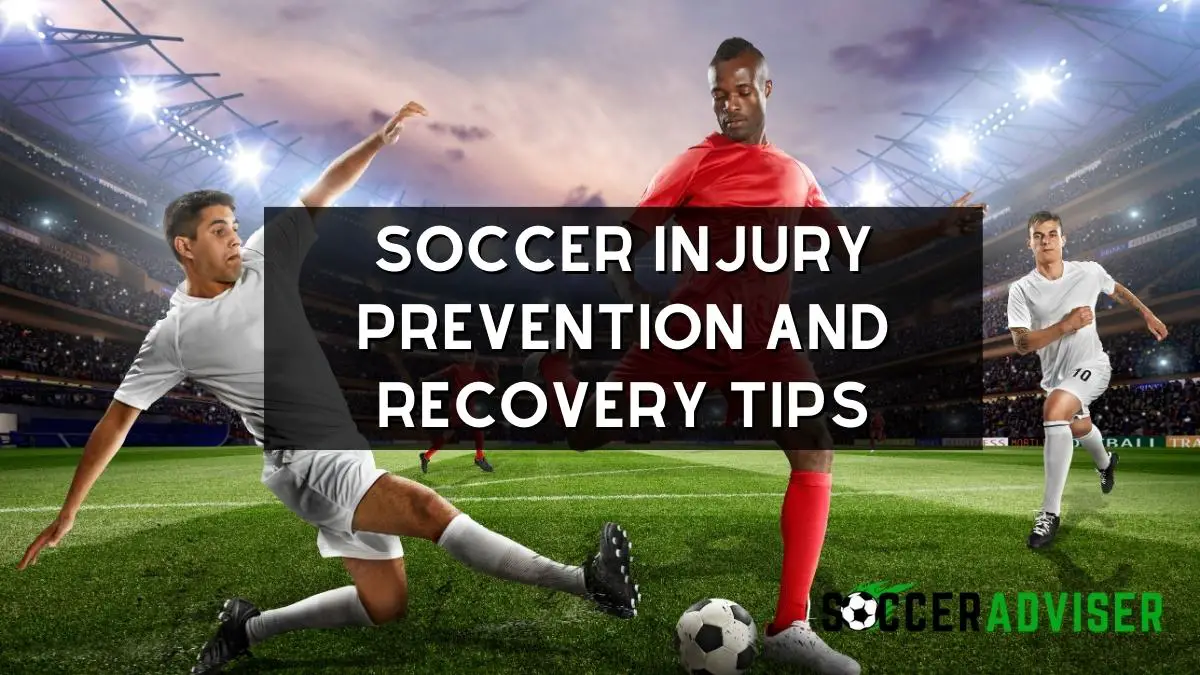
As an affiliate, we may earn from qualifying purchases. We get commissions for purchases made through links on this website. You can read more on our Affiliate Disclaimer here.
You love playing soccer and you want to stay safe out there on the field. Well, guess what? I’m here to share some of the best soccer injury prevention and recovery tips to help you stay on the field longer.
Soccer is a physically demanding sport that requires not only exceptional skill, but also the ability to withstand numerous contact situations that could potentially lead to injuries. Some of the most common soccer injuries include ankle and knee sprains, muscle strains, and shin splints.
To minimize your risk of sustaining such injuries, it’s essential to take proactive steps in various aspects of your game – from warming up properly to selecting the right gear. So, let’s dive in and explore these awesome resources together!
- Preventing Ankle and Knee Sprains in Soccer
- Reducing Muscle Strain Risks During Matches
- Proper Warm-Up Routines for Soccer Players
- Core Strengthening Exercises for Injury Prevention
- Best Types of Footwear and Gear for Safer Soccer Play
- Hydration Recommendations for Optimal Performance on the Field
- Importance of Adequate Rest and Recovery Between Games
- Using Cold Therapy Post-Match to Manage Inflammation
- Recognizing Signs of Overtraining in Athletes
- Seeking Professional Advice from Certified Athletic Trainers and Therapists
Preventing Ankle and Knee Sprains in Soccer
Ankle and knee sprains are both prevalent in soccer due mainly to sudden changes in direction or acceleration during play. To help reduce the likelihood of these injuries:
- Focus on improving lower body strength through exercises targeting key muscle groups such as quadriceps, hamstrings, calf muscles, and hip flexors.
- Participate in regular balance training sessions designed specifically for soccer players.
- Wear supportive footwear with adequate ankle protection when playing on uneven or slippery surfaces.
Reducing Muscle Strain Risks During Matches
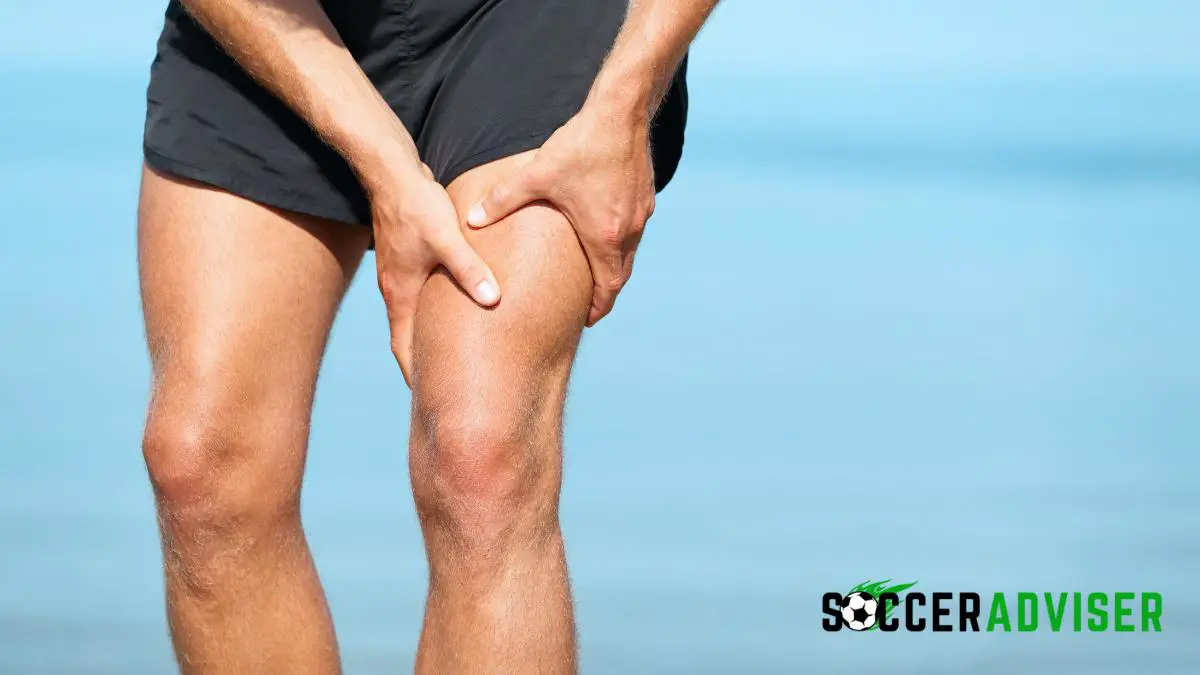
Muscle strains often occur when a player exerts too much force during a match without adequately stretching beforehand or conditioning their body for intense physical activity over an extended period of time.
To lessen your risk:
- Warm up properly before each match with dynamic stretches targeting all major muscle groups.
- Manage workload by tracking minutes played throughout the season – aim for gradual increases instead of sudden spikes.
- Monitor fatigue levels closely – know when it’s appropriate to rest or substitute players based on their performance.
Proper Warm-Up Routines for Soccer Players

A comprehensive warm-up routine can significantly reduce injury risks during matches by preparing muscles for high-intensity activity while increasing flexibility.
A sample routine might include:
- Aerobic Exercise: Light jogging for several minutes to increase heart rate and blood flow.
- Dynamic Stretching: Leg swings, arm circles, high knees, lunges – aim for 10-15 repetitions per stretch.
- Balance and Coordination Drills: Ladder drills or cone-based agility exercises.
Core Strengthening Exercises for Injury Prevention
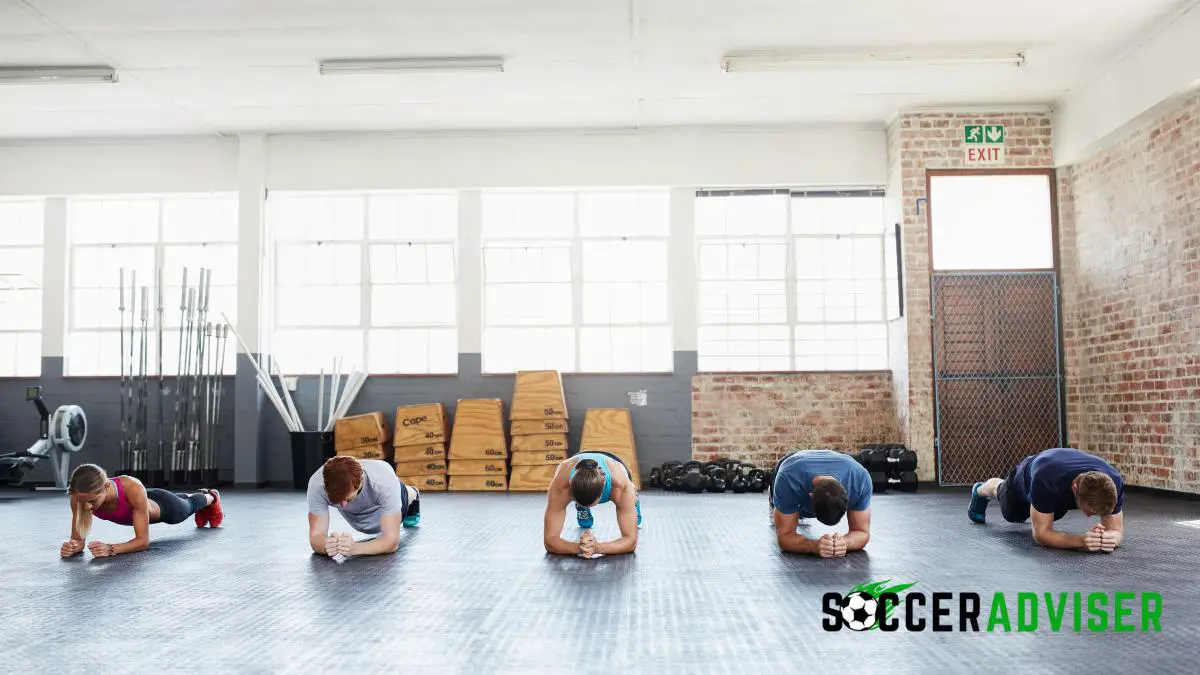
A strong core is essential in soccer as it plays a significant role in maintaining balance during movement while also reducing the risk of injuries related to poor body mechanics.
Consider incorporating the following core-strengthening exercises into your training regimen:
1. Planks (traditional, side plank variations)
2. Russian twists
3. Bicycle crunches
4. Reverse crunches
Best Types of Footwear and Gear for Safer Soccer Play
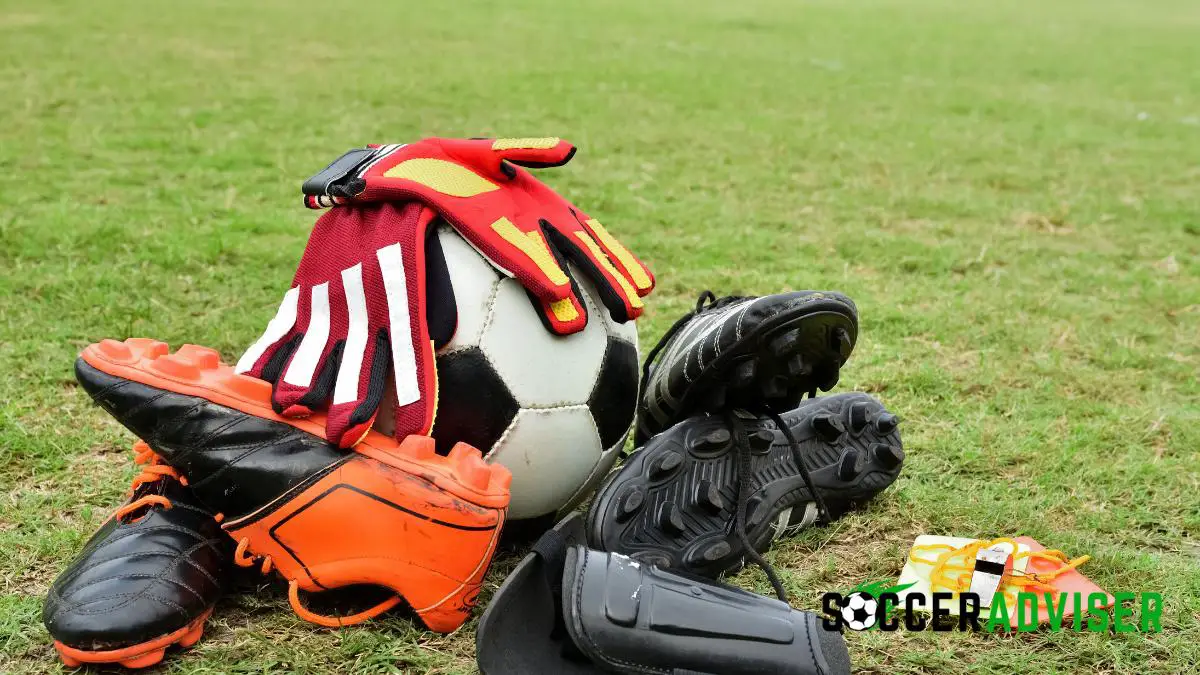
The right footwear can not only enhance performance but also reduce injury risks by providing optimal support during matches.
When selecting gear:
- Evaluate cleat type based on playing surface – find appropriate length/stud pattern combination (longer studs needed on soft/uneven surfaces).
- Prioritize proper fit when choosing shoes – seek size recommendations from experts at specialty retailers if unsure about perfect match.
In addition to footwear considerations, players should always wear shin guards as well as any other protective equipment required by their specific position or league rules (e.g., mouth guards).
Hydration Recommendations for Optimal Performance on the Field
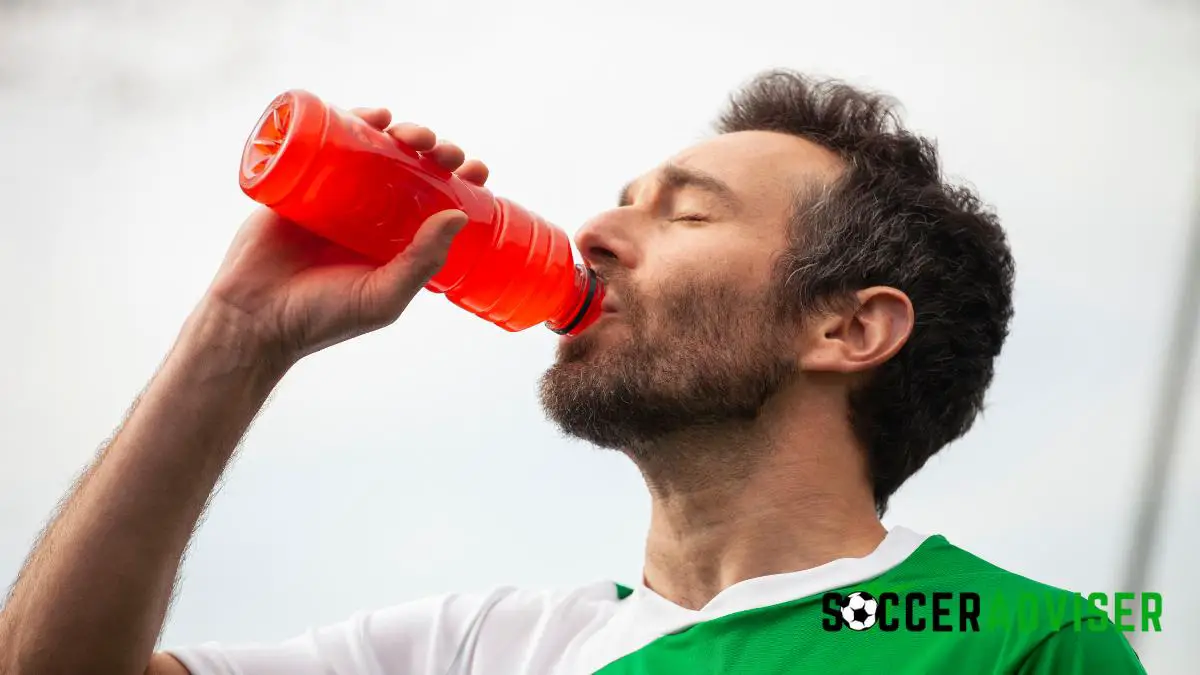
To ensure top-quality performance while avoiding dehydration-related health concerns such as muscle cramps or heat exhaustion:
- Start hydrating several hours before kickoff with water/sports drinks containing electrolytes like sodium/potassium.
- Continue consuming fluids throughout each half rather than waiting until halftime/thirds (aim for small, frequent sips).
- Monitor urine color post-match to gauge hydration status – aim for pale yellow.
Importance of Adequate Rest and Recovery Between Games
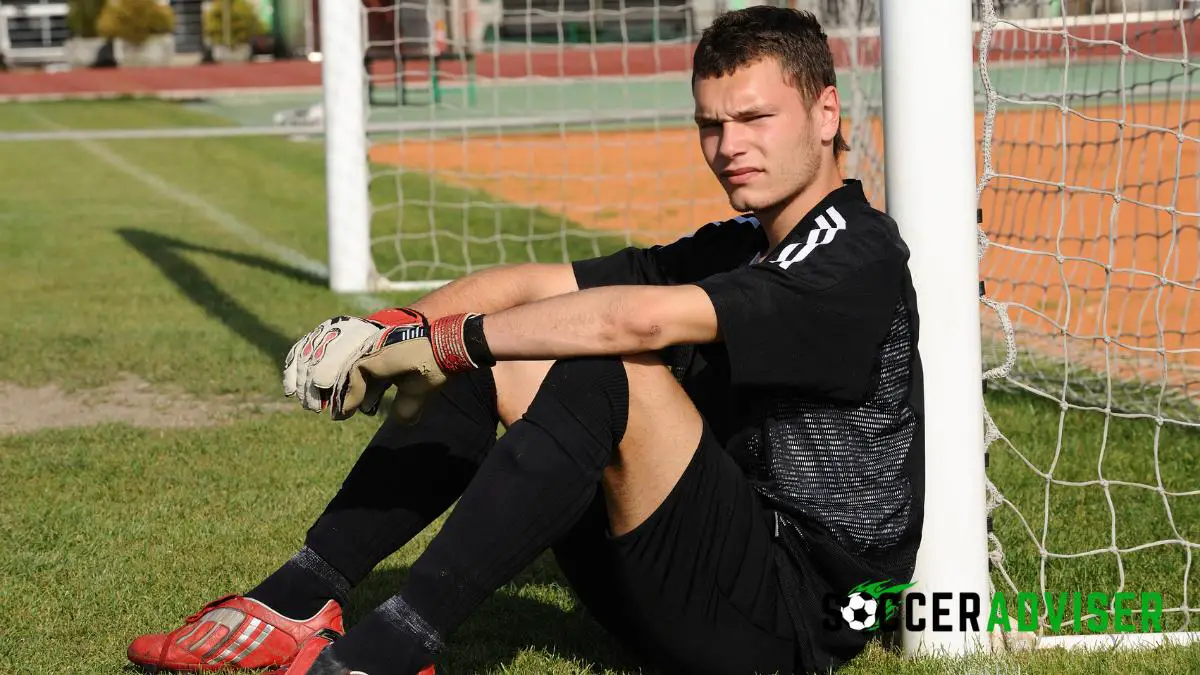
Rest is a crucial component in soccer injury prevention and recovery. Giving your body the time it needs to heal reduces the risk of injury and ensures peak performance on match day.
Some helpful tips include:
- Ensure a proper sleep schedule – typically 7-9 hours per night.
- Schedule regular rest days throughout season to allow muscles adequate repair time.
- Consider incorporating light active recovery activities like yoga/stretching on off-days rather than complete inactivity.
Using Cold Therapy Post-Match to Manage Inflammation

Applying ice or cold packs directly after matches can help alleviate inflammation, ultimately minimizing pain/discomfort associated with minor injuries.
To be effective:
- Target affected areas immediately following play – apply ice/cold pack wrapped in towel or cloth for 20-minute intervals separated by short breaks over several hours as needed.
- Combine cold therapy efforts with compression/ele…
Note: Always follow specific guidance healthcare professionals give regarding treatment modalities/techniques if injured during play.
Recognizing Signs of Overtraining in Athletes
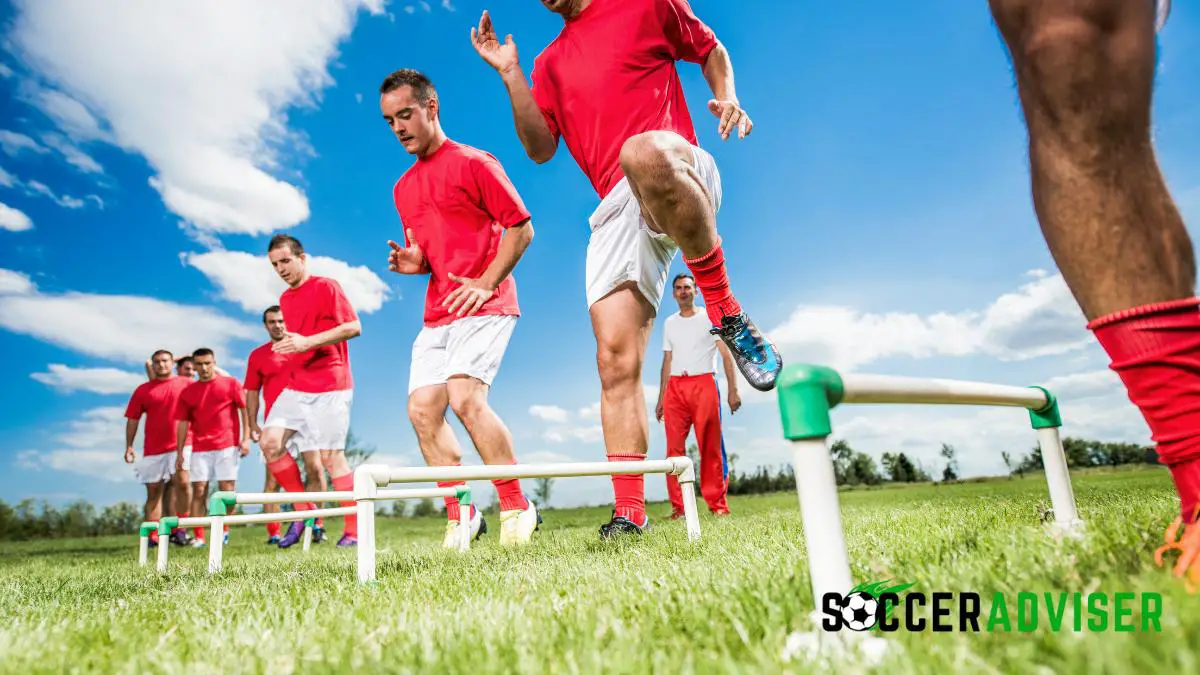
Overtraining can lead even the most talented athletes down a path toward burnout or increased injury risks. Be on alert for signs such as constant fatigue, mood swings, persistent muscle soreness/stiffness beyond normal post-exercise discomfort levels.
When symptoms are detected:
- Assess current workload/training volume – consider reductions where necessary/appropriate (with input from coaches/trainers).
- Focus on optimizing recovery/sleep routines while addressing potential nutritional deficiencies (e.g., insufficient caloric intake or imbalanced diet).
Seeking Professional Advice from Certified Athletic Trainers and Therapists
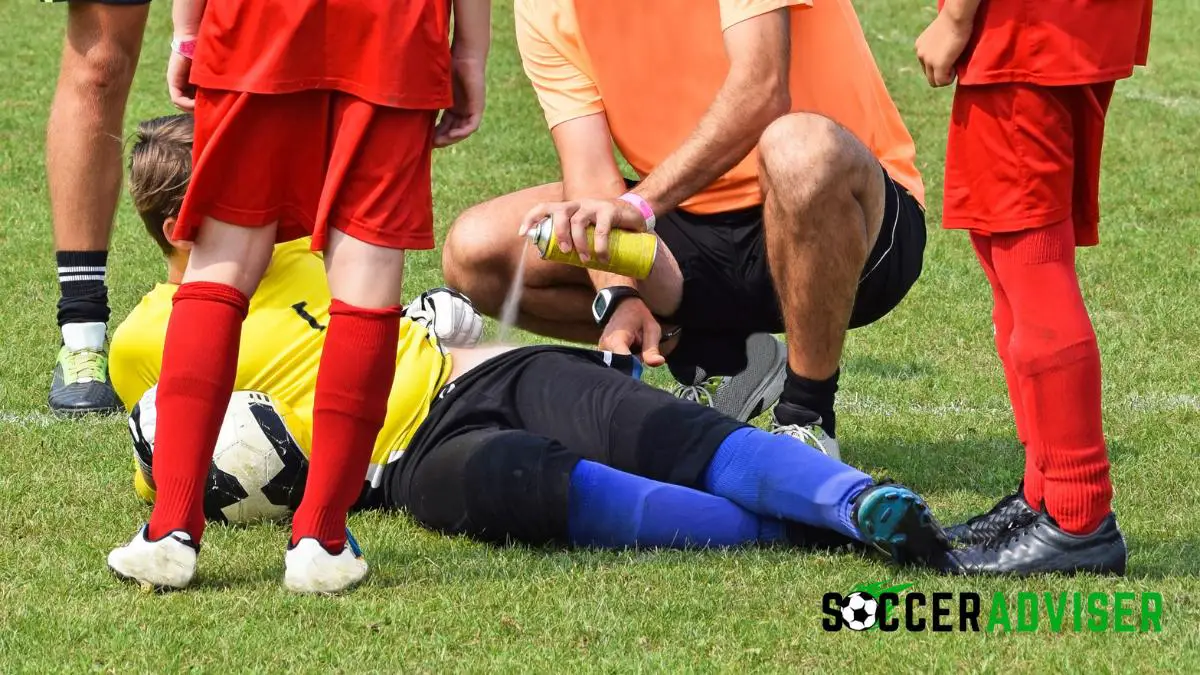
Lastly, never hesitate to seek expert advice should you experience any symptoms of concern or injury.
Certified athletic trainers/therapists are well-versed in managing sports-related injuries and can provide guidance on appropriate prevention measures or rehabilitation plans when necessary.
In the end, being proactive about soccer injury prevention and recovery tips is essential in ensuring a long, healthy sport experience for players at all levels.
So stay safe, play smart, and have fun out there!



![BLUE PINE Ankle Brace [1 Pair] for Men and Women,](https://m.media-amazon.com/images/I/51yVLv+FzCL._SL500_.jpg)

